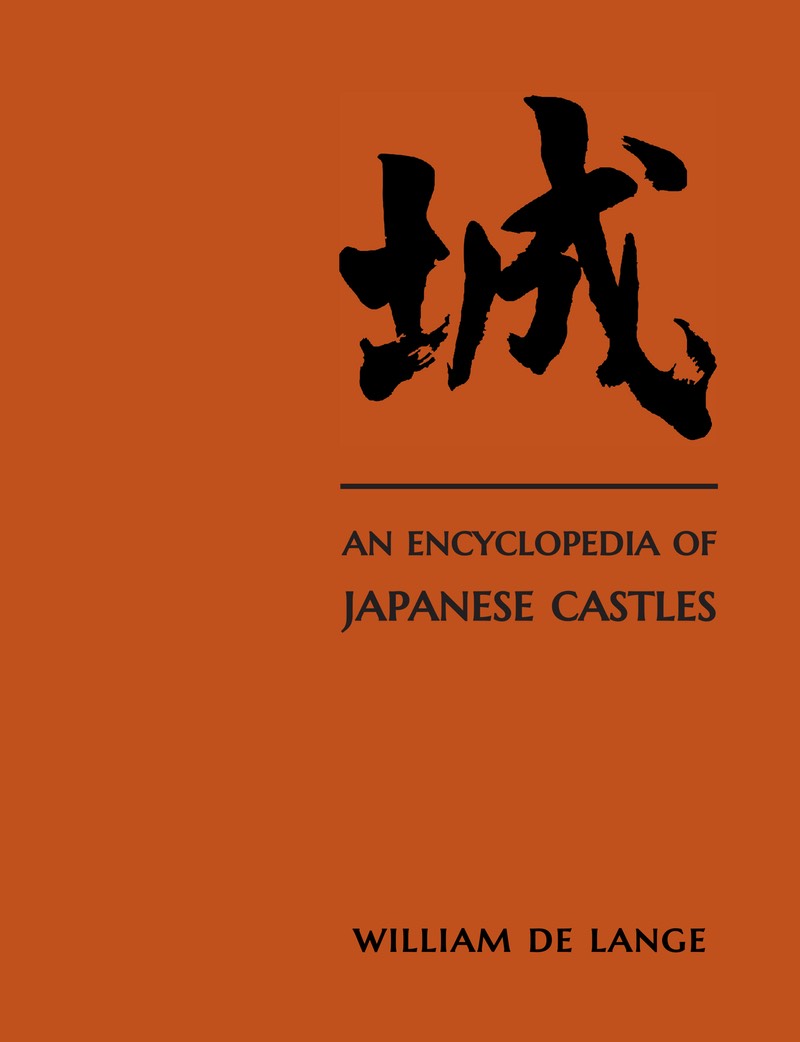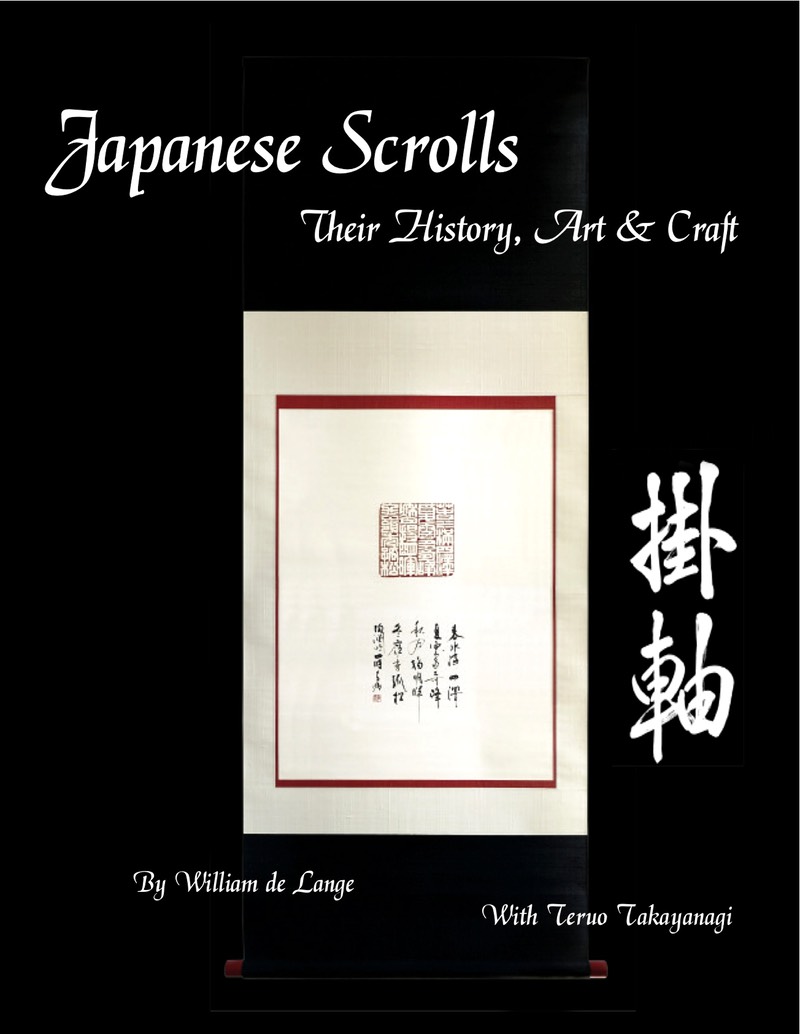An Encyclopedia of Japanese Castles

Japanese castles cast a spell on all those who set their eyes on them. They are the product of a people whose history is steeped in blood and drama, yet whose hands produced works of breathtaking refinement.
This groundbreaking encyclopedia is the first work in the English language to offer a comprehensive overview of the history, architecture, and various functional aspects of Japanese castles. It references a total 370 of castles, giving unprecedented in-depth information on all Japan’s remaining original castles, 101 of the country’s reconstructions, and 68 of its major ruins. Comprised of five parts, it covers all the aspects of Japan’s rich castle culture.
It covers their long and fascinating history: from the earliest fortifications during the late sixth century, the rise of mountain strongholds during the Kamakura period, the veritable explosion of castles during the Warring States period, the vast Tokugawa citadels of the early Edo period, the incredibly destructive years of the early Meiji period, the dramatic years of Word War II, and the post-war decades of revival and reconstruction.
It covers their various functional aspects: the epic construction projects involving thousands of laborers and specialists; the emerging castle town, the laws that regulated a castle’s garrison and its town’s populace. It deals with the various methods of siege warfare and the many other dangers facing a medieval castle. And it revisits what it was like to enter a magnificent stronghold like Edo castle when it was at the height of its glory.
It covers the countless design features: the selection of their location, the layouts and formats of their defensive areas. It describes in detail the numerous types of keeps, turrets, gates, bridges, and many other structures. And it goes into the highly complicated terminology of their architectural details.
Its most impressive feature, however, is the 400-page long, one-by-one in-depth biography of each castle and ruin of note: their origin, their often dramatic history, the layout of their grounds, the architectural features of their buildings, their sad demise, and, in many cases, their remarkable recovery.
Further context and background information is given in an appendix with detailed maps, comprehensive lists of Japan’s castles at various time periods, those abolished during the Meiji period, and those in the top 100—all rounded off with an extensive 350-term glossary and an 1800-entry index.
For anyone with a serious interest in Japanese castles, this 600-page, full-color tome with 700 images and maps is the ultimate go-to reference.
216 pp, 6 x 9, Hard
305 Maps, images and illustrations
Glossary, lineages, bibliography, index
Japanese arts / Japanese crafts
Published by FLoating World Editions / ISBN: 978-189-1640-889
Japanese Scrolls: Their History, Art & Craft

The Japanese scroll, or kakejiku as it is called in Japan, has a history going right back to the Heian Court Period (ad 857–1185). Just as the modern-day craftsman labors with brush and ruler amid the comfort of the family workshop, so the early Japanese scroll mounter toiled away in the shadow of the Imperial palace grounds of the capital amid a vast army of proud artisans that produced all the materials, tools, and ornaments required to meet the many needs of the Heian nobleman and his elaborate entourage.
It is living proof of the scrolls timeless quality that whilst so many other traditional arts and crafts have withered with the centuries, the Japanese art of mounting has managed to adapt itself to new demands and survive the ever changing fads and fashions. So much so that the hanging scroll has become a set feature in the tokonoma, the alcove in traditional Japanese rooms, and continues to inform the design of modern-day interiors.
This is the first work to explore in full scope the history, art, and craft of the Japanese scroll. From its ancient Indian, Tibetan, and Chinese origins, its long Japanese history, through its formats, materials, and usage, down to the fascinating wet-and-dry process by which it is still made—a tradition that has remained virtually unchanged for more than a thousand years.
216 pp, 6 x 9, Hard
305 Maps, images and illustrations
Glossary, lineages, bibliography, index
Japanese arts / Japanese crafts
Published by FLoating World Editions / ISBN: 978-189-1640-889